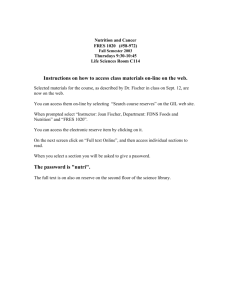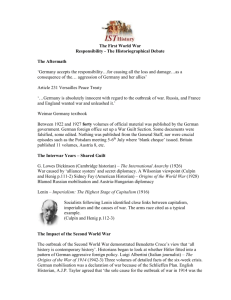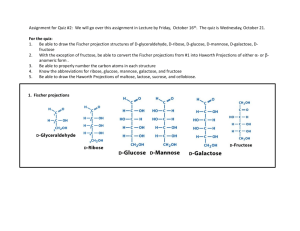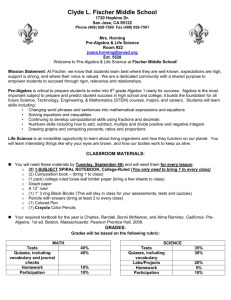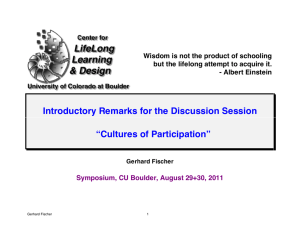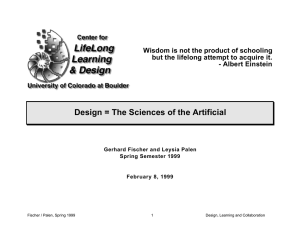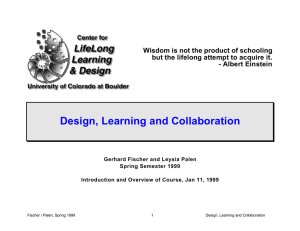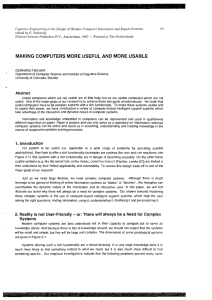Introduction to Security 1 - security portfolio -- Michael r. vest
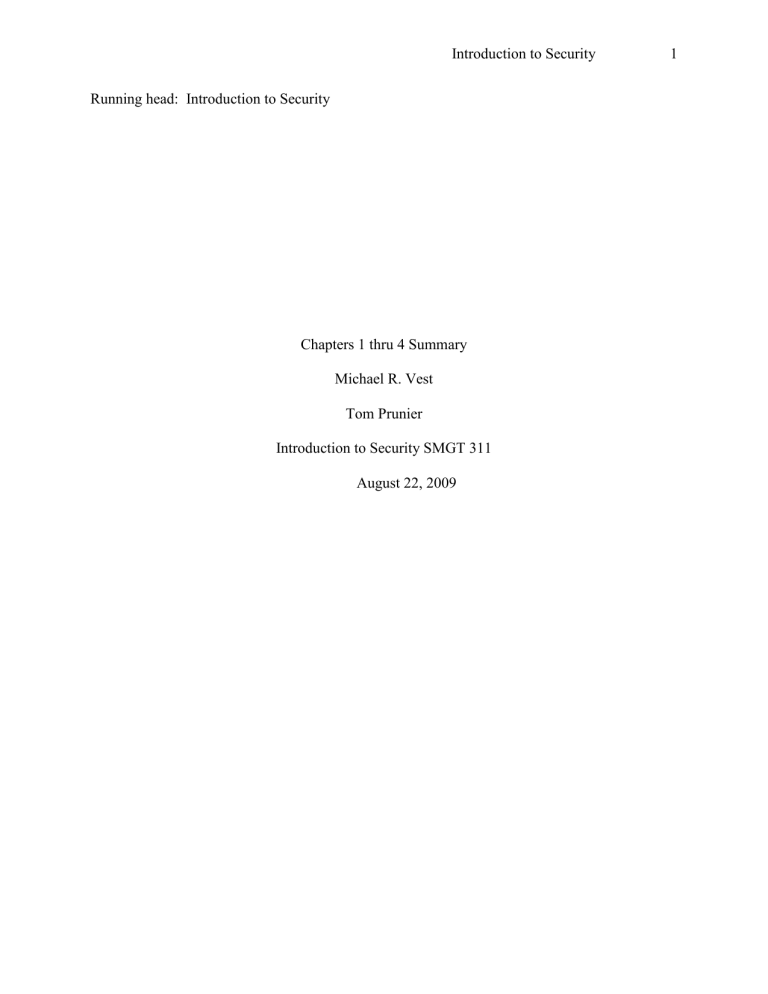
Running head: Introduction to Security
Introduction to Security 1
Chapters 1 thru 4 Summary
Michael R. Vest
Tom Prunier
Introduction to Security SMGT 311
August 22, 2009
Introduction to Security 2
Abstract
Security has changed dramatically over the centuries. It has risen from a very simple tasking to a very complex integration of procedures, policies, and management techniques. The following paper will discuss ideas on Homeland Security, history of security, roles of security, and finally incorporating security into organizations. Each of these areas was essential in propelling security to a higher level of awareness and helps to create euphoria of well being among people within organizations and community.
Introduction to Security 3
Chapters 1 thru 4 Summary
Unless you work for the government, security may not be a top priority. With this in mind, where were you on September 11, 2001? September 11, 2001 is the day security changed forever.
In 2003, Tom Ridge was sworn in as the first Sectary of Homeland Security
(Fischer, Halibozek, & Green, 2008). Tom Ridge was tasked to consolidate over twentytwo federal agencies, coordinate interagency communications, and provide a means to alert the public about potential terrorist attacks (Fischer, Halibozek, & Green, 2008).
Federal, state, and local agencies restructured security practices. The USA PATRIOT Act and Student Exchange Visitor Information System were two tools used (Fischer,
Halibozek, & Green, 2008). Private and public security services merged into a global system. Security received a new drive and momentum just as it had centuries earlier.
Security has matured through centuries of trials and reform. During the 1200’s, security comprised of limited enforcement. In 1285, the Statute of Winchester required all men to come to the town’s aide upon notification (Fischer, Halibozek, & Green,
2008). Citizen patrols were used. Patrols did not focus on crime prevention. Security concepts morphed during the 1700’s due to poverty, population, and environment.
Monarchies were asked to create law enforcement by the people. Public and private services started to appear. Private organizations included merchant police, night watchmen, and foot patrols. In 1748, security received a new mission of preventing crime verses seeking it out according to Henry Fielding (Fischer, Halibozek, & Green, 2008).
As people immigrated to the United States, security continued to mature. During the industrial revolution, public sectors focused on preventing and prosecuting crimes;
Introduction to Security 4 whereas, private sector focused on returning stolen merchandise. Private security increased during the 1800’s. Private security started to protect stagecoaches, provide armed escorts (“shotgun riders”), and offer alarm systems to protect assets (Fischer,
Halibozek, & Green, 2008). As private security organizations demand grew, security roles began to change.
Today’s organizations choose their security services. The three services are 1)
Proprietary, 2) Contract, and 3) Hybrid services. Priprietary services allows organizations full security control. Contract services give organzations no security control. Hybrid services utilitzes the best of both (Fischer, Halibozek, & Green, 2008).
Modern day organizations establish security positions within their hierarchy. The
Chief of Security (CSO) is in charge. Security is typically defined as a staff function within organizations. The CSO is specialized in aspects of security and reports typically to the president of the company (Fischer, Halibozek, & Green, 2008). The CSO role is manager and specialist. If the CSO does not incorporate both areas into the security scheme, the system will fail. Duties require the CSO to coordiante actions within all specialized areas to achieve the security goal.
The CSO is responsible for personnel training, establishing security duties, establishing controls, organizing the security department, and conducting periodic review of security policies and procedures that are in place.
Security has changed over the centuries. We have looked at Homeland Security, history of security, roles of security, and organizational integration of security. It will continue to change as we progress into the 21 st century and new technology is utilized.
Security will have to adapt and overcome to stay one step ahead of the threat.
Introduction to Security
References
Fischer, R. J., Halibozek, E., & Green, G. (2008). Introduction to Security (8th ed.).
Burlington,
MA: Elsevier Butterworth-Heinemann.
5

